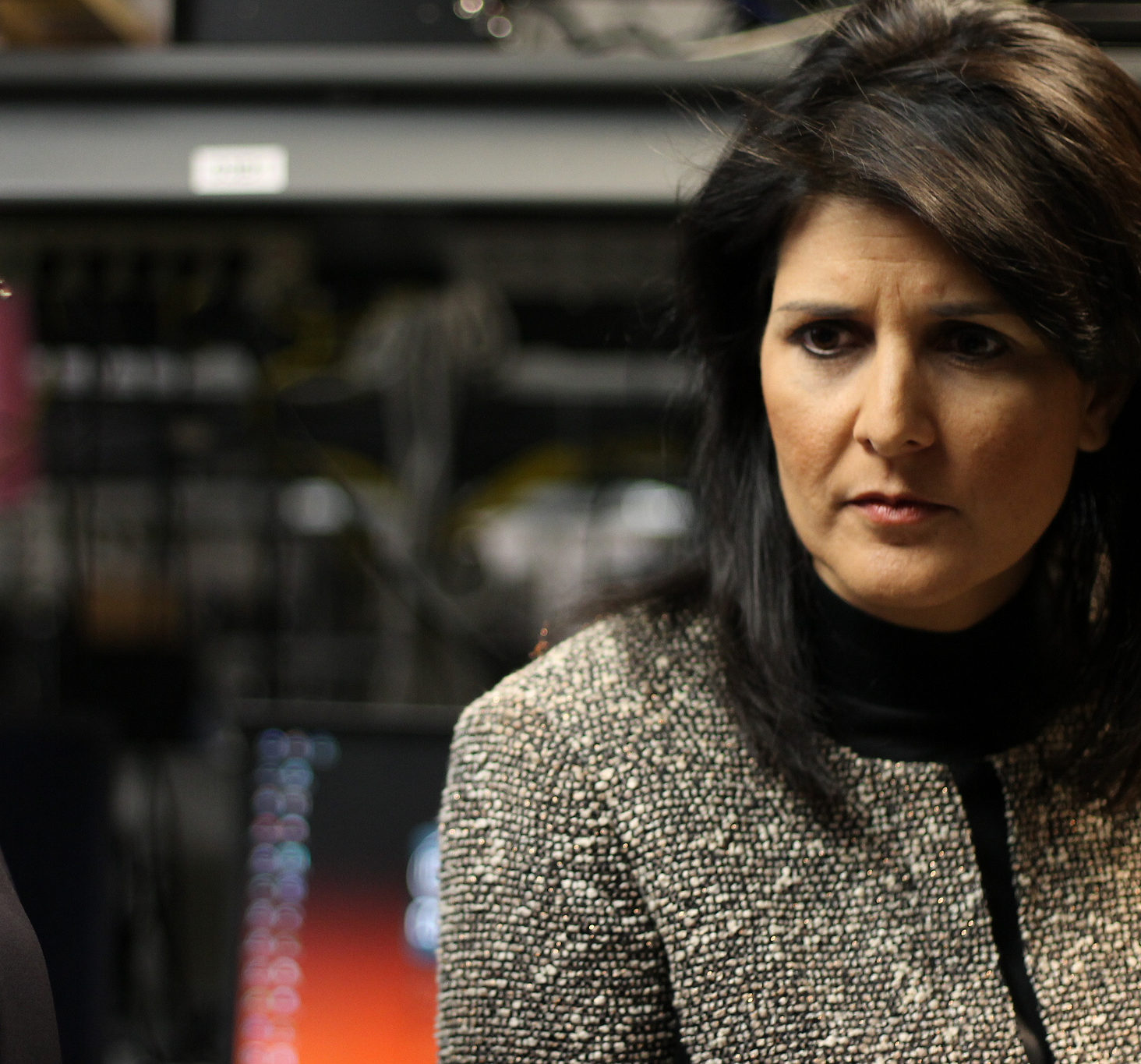Governments have traditionally relied on a mixture of carrots and sticks to get people to obey laws or engage in (or avoid) certain behaviors.
A third way the government attempts to get people to do what it wants is called a “nudge.” It’s a popular tool for enticing people to jump on the energy-saving bandwagon, using rebates, incentives, and other financial goodies to get folks to trade in their old equipment for a newer kit that (supposedly) runs cheaper and cleaner.
The government has used far bigger and more expensive (for taxpayers) nudges to get manufacturers to create varieties of biofuels for cars, trucks, and heavy equipment.
But economic nudges and promises of “free” government money have created a market for fraud. As Cato’s Adam Michel wrote, an inspector general’s report into the biofuel subsidy found fraud running free and wild.
Among the more brazen examples is this gem:
…the operators of Washakie Renewable Energy were sentenced to prison in 2023 for a staggering $1 billion biofuel tax credit conspiracy. Over six years, the Internal Revenue Service (IRS) paid out $511 billion in fraudulent tax credits and stopped hundreds of billions more in what the TIGTA report calls “one of the largest fraud schemes in US history.” In reporting on the Washakie case, Bloomberg noted that “by 2017 more than 30 people had been accused of defrauding the IRS in biodiesel tax credit scams.”
That’s a lot of nudging. But it might pale in comparison to the wave of green energy government incentives packed inside the ill-named Inflation Reduction Act (IRA):
The TIGTA report concludes that “with the passage of additional and expanded clean energy tax credits in the IRA, there is even greater incentive to take advantage of biofuel tax credits and make fraudulent claims for biofuel that does not exist or does not qualify for the biofuel tax credits.”
How much money are we talking about here?
The IRA is estimated to include more than $900 billion in new and expanded energy tax credits over 10 years. Many of the credit programs essentially provide cash subsidies (through tradeable tax credits), often in excess of the cost of producing the energy. For example, a new hydrogen tax credit that one analyst called “the most generous clean hydrogen subsidy in the world” could cover more than 100 percent of the cost of production in some places. Such large subsidies will invariably attract new forms of abuse. In another context, the Department of Energy inspector general has said that the IRA spending and loan programs will create an “unprecedented” level of risk for fraud and financial mismanagement.
No one can say they weren’t warned about the potential, or more accurately, the engraved invitation, for fraudsters to feast at this barely supervised subsidy buffet.
A wise and prudent government – that also happens to be deeply in debt – would make sure to track every penny of such subsidized activity to ensure it’s used as intended. Ours will likely be too busy nudging more people to line up at the cash window to get their share.
And then have the gall to act shocked and amazed that thieves and grifters walked off with so much of the proceeds.
The opinions expressed in this article are those of the author and do not necessarily reflect the positions of The Republican Standard. It first appeared in American Liberty News.





